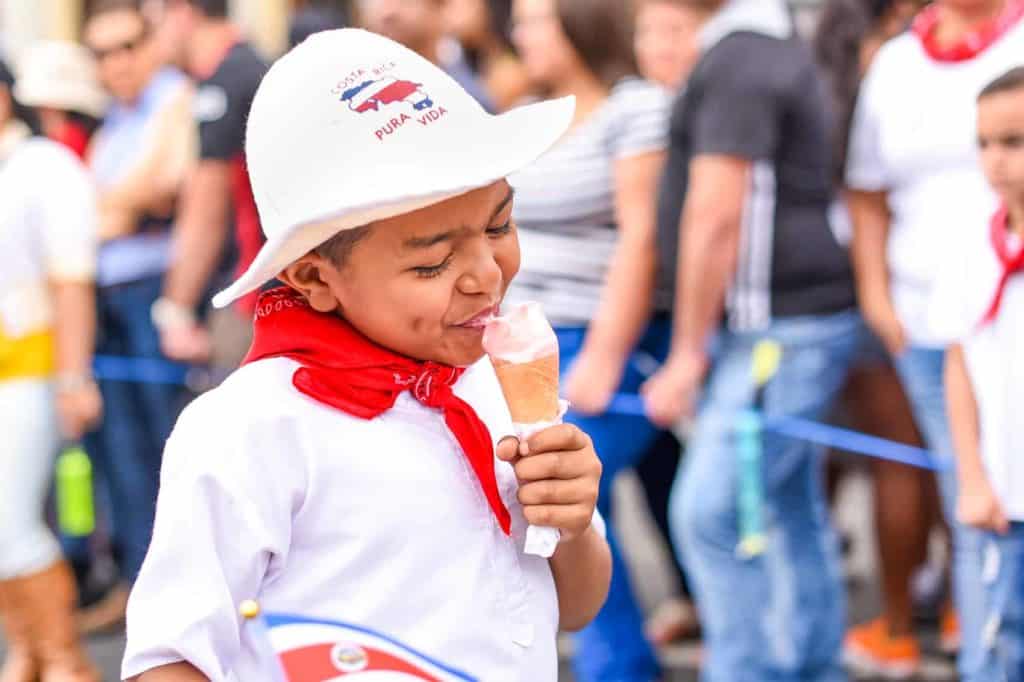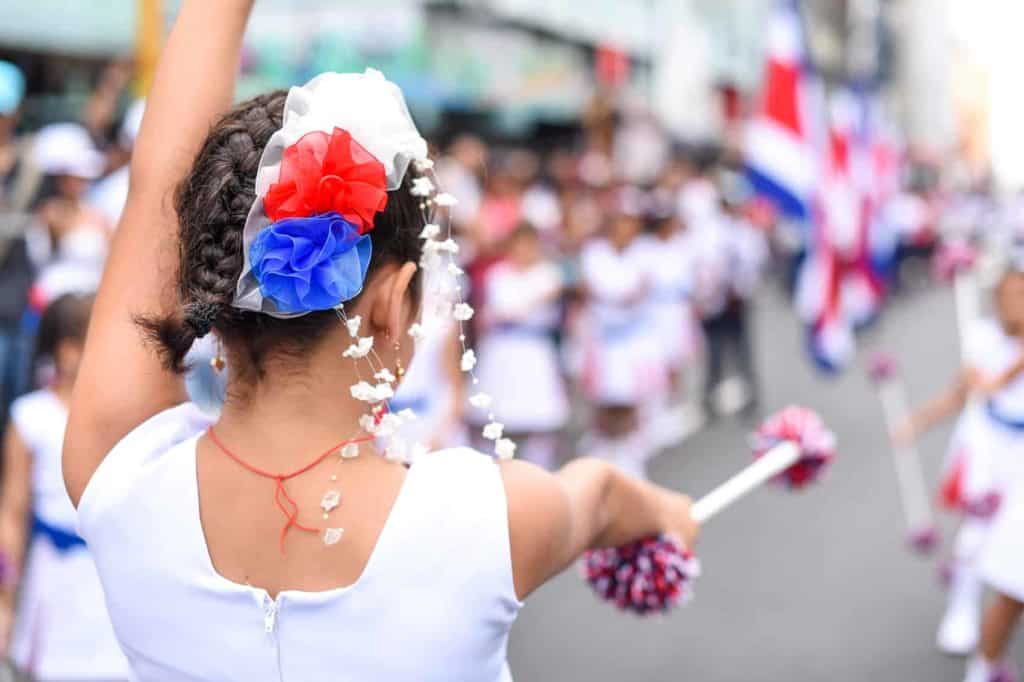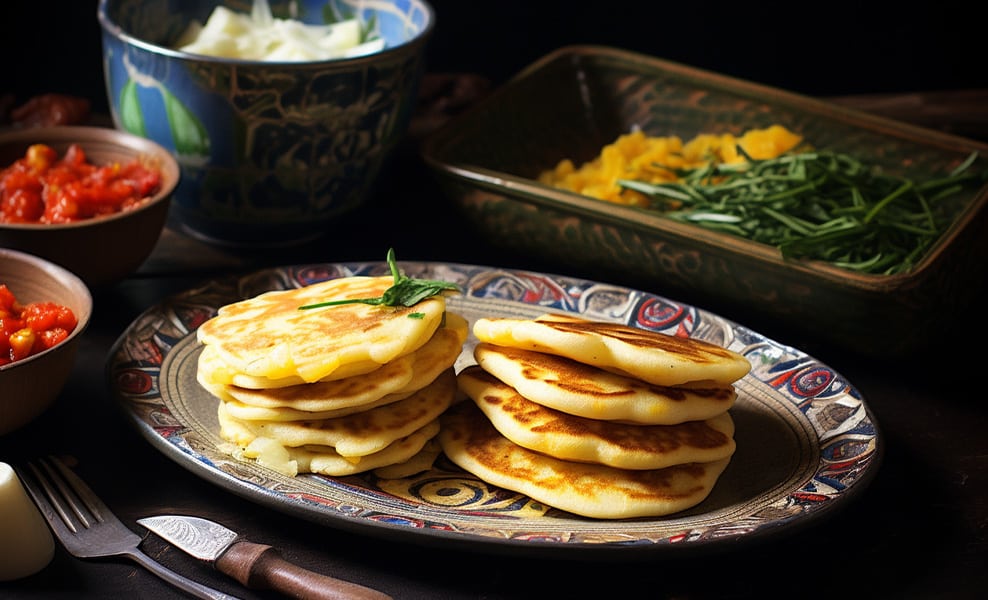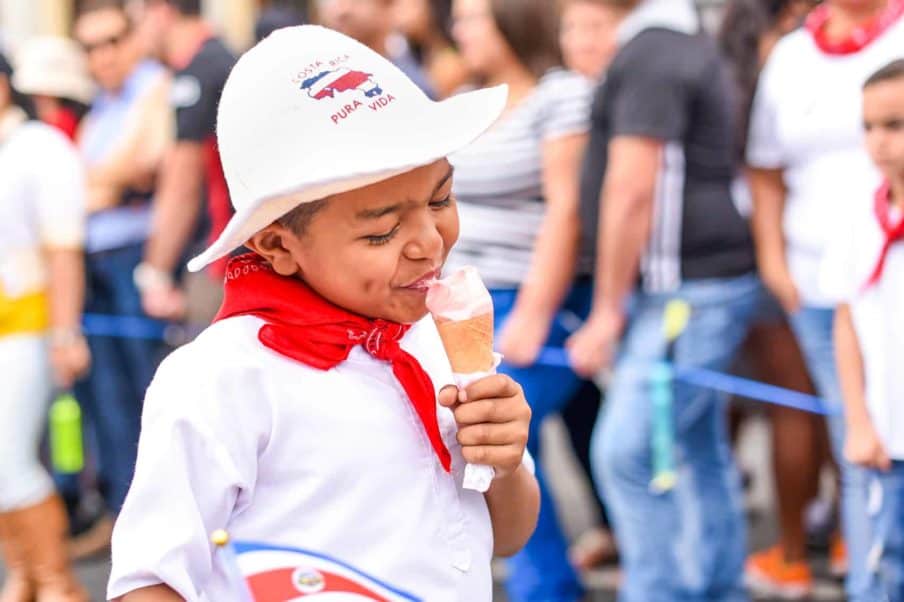
Every September 15th, Costa Rica comes alive with celebrations marking its independence from Spain in 1821. This national holiday is a time for Ticos—as Costa Ricans call themselves—to honor their history, culture, and shared identity. From torch runs to lantern parades, the festivities blend patriotism with community spirit.
Drawing from Costa Rican traditions and insights from both English and Spanish sources, here’s a look at four key traditions that make Independence Day a highlight of the year, offering a window into the heart of our peaceful nation.
1. The Antorcha de la Independencia Torch Run

One of the most iconic traditions is the Antorcha de la Independencia, or Torch of Independence relay. This symbolic run begins in Guatemala on September 9th and traces the historic path of the 1821 independence news through Central America, arriving in Costa Rica by September 14th.
Thousands of students take part, carrying the torch from the Nicaraguan border at Peñas Blancas to Cartago, the former capital. The relay covers over 1,300 kilometers, with each runner passing the flame to the next, symbolizing unity and continuity.
On the evening of September 14th, at precisely 6 p.m., the torch reaches Cartago, where it lights a cauldron in a televised ceremony. The entire nation pauses to sing the national anthem, a moment that binds communities together, whether they’re gathered in town squares or listening on radios.
Students light smaller torches from the main flame to share in their hometowns, spreading the light of freedom. For young Ticos, carrying the torch is a badge of honor, connecting them to their country’s legacy of peace and democracy. It’s a reminder of the sacrifices made for independence and a call to carry those values forward.
2. Farol Making

The glow of faroles, or handmade lanterns, is a hallmark of Independence Day. Weeks before September 15th, families and schoolchildren across Costa Rica get to work crafting these paper lanterns. Using recycled materials like plastic bottles, tissue paper, and LED lights, kids create designs ranging from simple red, white, and blue patterns to elaborate shapes like oxcarts, traditional houses, or the national coat of arms. The tradition, which began in 1953, honors María Dolores Bedoya, a Guatemalan woman who rallied support for independence in 1821 by carrying a lantern through the streets of Antigua.
On September 14th, after the national anthem, the Desfile de Faroles, or Lantern Parade, begins. Neighborhoods light up as kids proudly carry their glowing creations through the streets, accompanied by music and school bands. The parades are a family affair, with parents and grandparents cheering on the young participants.
The faroles symbolize hope and the light of freedom, but they also foster creativity and community. Walking through a farol parade, you’ll feel the warmth of Costa Rican culture, where heritage and togetherness shine as brightly as the lanterns themselves.
3. Civic Parades

Independence Day wouldn’t be complete without the vibrant parades that fill Costa Rica’s streets on September 15th. Every town, from bustling San José to quiet coastal villages, hosts its own procession. School bands lead the way with drums and lyres, while students in traditional costumes perform folk dances like Punto Guanacasteco or La Yegüita. Community groups, dance troupes, and even military battalions join in, some reenacting historic moments like the crossing of the Tempisque River during the fight for independence.
The parades are a colorful display of Costa Rican identity, with floats adorned in national flags and performers waving to cheering crowds. Citizens line the streets, waving their own flags and snapping photos of their kids marching by.
These events honor the heroes of 1821 while fostering hope for the future. Unlike the military-heavy parades in some countries, Costa Rica’s focus is on students and civic pride, reflecting its peaceful ethos—after all, the country abolished its army in 1948. Whether you’re in a city or a small town, the parades offer a chance to see Ticos come together in a shared celebration of their nation.
4. Independence Day Cuisine

No Costa Rican holiday is complete without food, and Independence Day is a feast of traditional flavors. Families gather to prepare and share dishes that reflect the country’s culinary roots, blending indigenous ingredients with European influences. Tamales, made from masa and stuffed with pork, chicken, or vegetables, then wrapped in plantain leaves, are a must-have. Preparing tamales is a group effort, with relatives pitching in to mix, fill, and fold, passing down recipes through generations.
Another favorite is bizcocho, a moist sponge cake often flavored with blackberries, which adds a sweet note to the meal. You’ll also find staples like gallo pinto (rice and beans), arroz con pollo (chicken with rice), and empanadas filled with cheese or meat. Street vendors set up along parade routes, offering yuca frita (fried cassava) and patacones (fried green plantains).
These dishes highlight Costa Rica’s biodiversity, featuring crops like beans, corn, and tropical fruits. Sharing a meal on September 15th is more than just eating—it’s a way to connect with ancestors, celebrate the present, and strengthen family bonds.
Why Independence Day Matters
Costa Rica’s Independence Day is a time to reflect on the country’s past and look toward its future. The traditions—torch runs, farol parades, civic processions, and shared meals—bring Ticos together in a celebration of their values: peace, democracy, and community. Unlike many nations, Costa Rica gained independence without bloodshed, a fact that shapes its peaceful identity today. The holiday also marks a shared history with Guatemala, El Salvador, Honduras, and Nicaragua, all of which declared independence on September 15, 1821.
For visitors, mid-September is a perfect time to experience Costa Rican culture. Join a farol parade in a small town like Playa Grande, or watch the torch arrive in Cartago. Sample tamales at a street stand, or cheer at a parade in San José. Most events are free and open to everyone, and Ticos are known for their warmth, so don’t be shy about asking locals about their traditions. Just plan ahead—hotels in popular spots like Guanacaste or the Central Valley fill up fast during the holiday weekend.
Whether you’re a local carrying a farol or a traveler waving a flag, Independence Day in Costa Rica is a chance to celebrate a nation that’s proud of its roots and hopeful for what’s ahead. The traditions of September 15th show what makes Costa Rica special: a commitment to unity, creativity, and the simple joy of coming together. So, if you’re here for the festivities, grab a tamal, light a lantern, and join the party—it’s a day you won’t forget.

